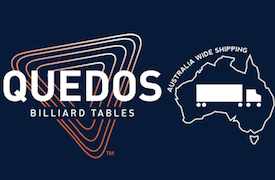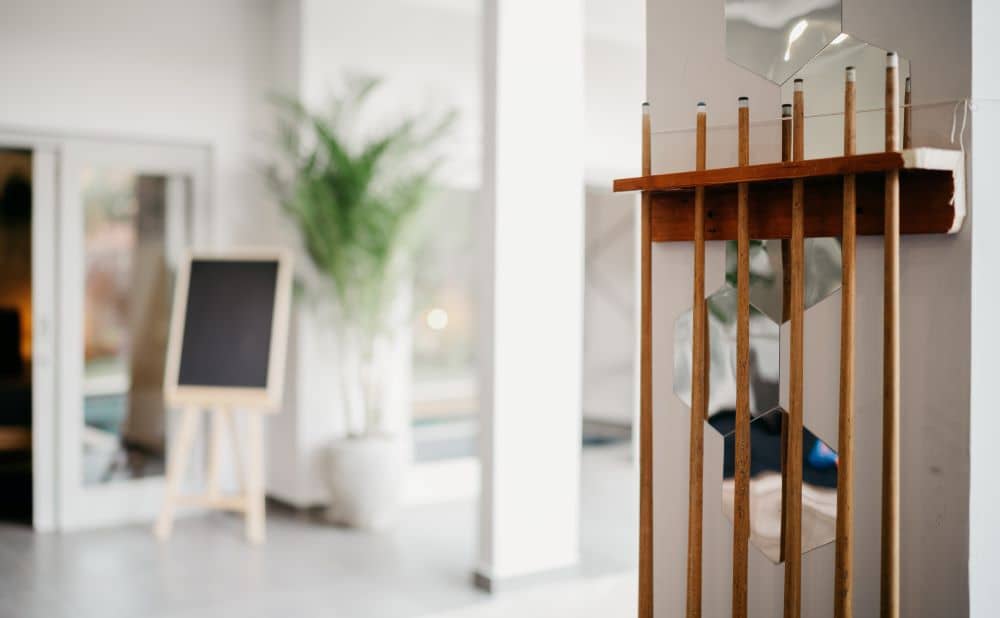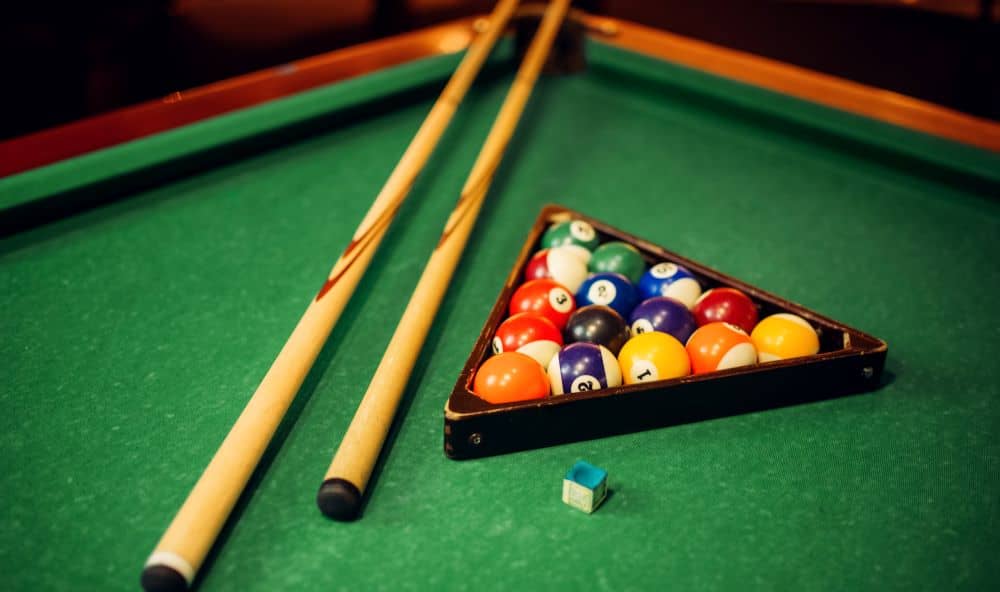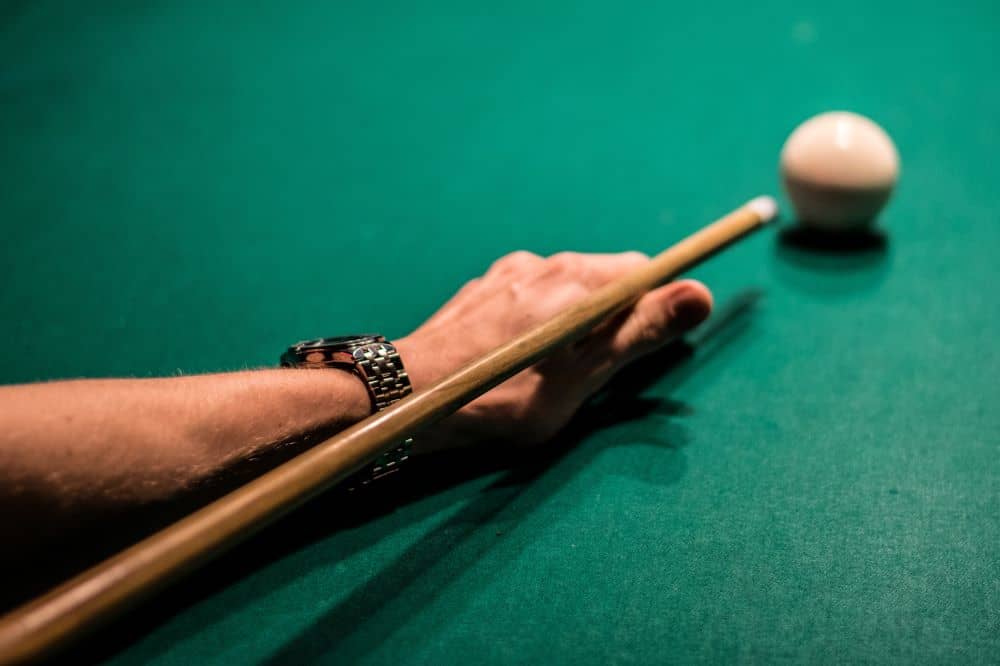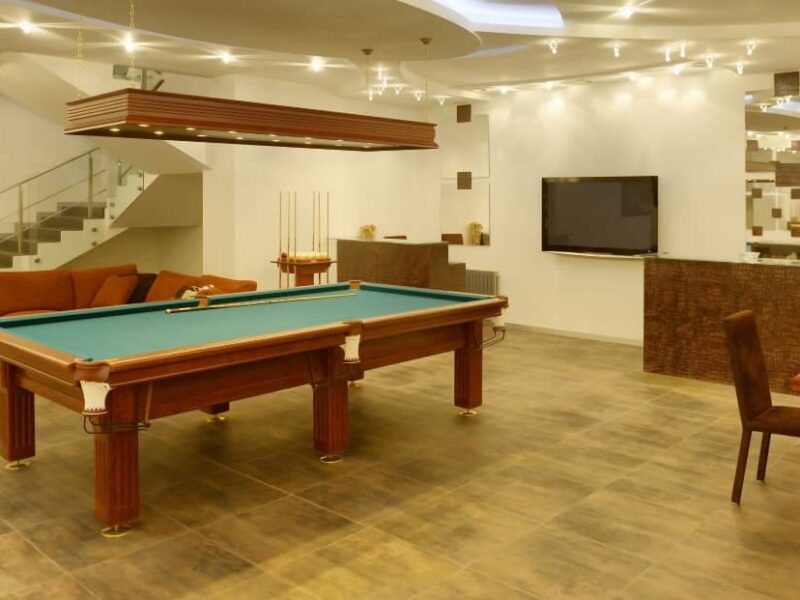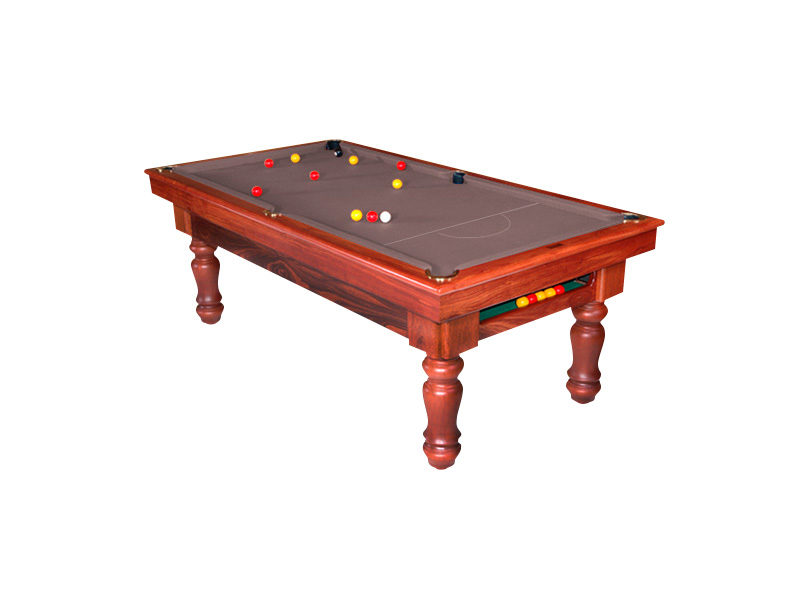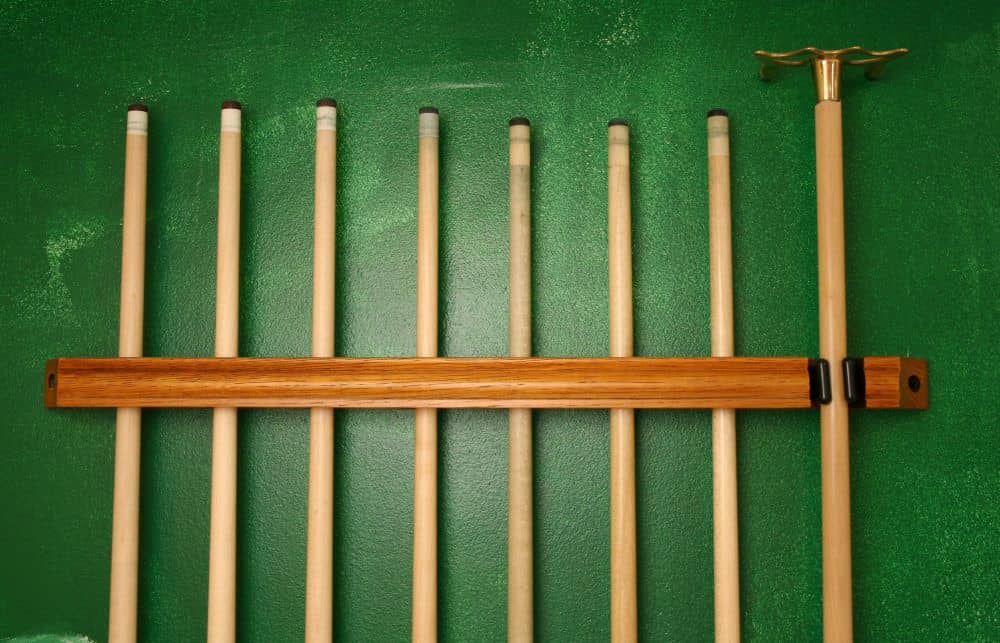
Choosing the Right Cue Size for My Pool Table
Pool cues can make your playing experience better, especially when you have the correct size. In reality, any good player can play the game with just about any cue. However, as a beginner or even an intermediate player, you need to get used to a specific cue to enhance your game.
Selecting the Correct Cue Size
Selecting the suitable pool cue, though, can be challenging. There are several factors to consider. Although there is no specific set of rules in choosing the right cue stick size for your pool game, you need to find the correct one for your comfort and ease of gameplay.
It’s interesting to know that the first cues introduced to humans were not truly comfortable. The stick was just a simple wooden mace with a colossal head. And one thing that may surprise you is that the players enjoyed a pool game outdoors. But because of the massive mace, it was not easy to hit the ball if it would lean against the rail. And that’s why the cue stick was later designed. Over the years, this cue stick was improved to make the play more comfortable.
The pool sticks that we have today made their first appearance in the late 1700s. We now have plenty of options to choose from. And although it is tempting, you cannot just pick any cue that you find because it is what’s available, cheap, or for whatever reason. No matter how good of a player you are, you cannot win games without a good cue stick that you’re comfortable with.
A good cue does not have to be expensive, although great cue sticks use quality materials, which can increase their final price. Nevertheless, what truly impacts your gameplay are:
- The weight of the stick
- The length of the stick
- Materials used
- Your pool table size
- Your height
- Your preference
The first three points mentioned above are geared more towards your comfort. But the length will depend mainly on the size of your pool table and the room itself. Here is a rundown of the pool cue sizes and which pool table and room sizes they are appropriate for:
Use a 120-121 cm (48 inches) pool cue for:
- 7 feet table in an 11.3 x 14.5 feet room
- 8 feet table in an 11.7 x 15.3 feet room
- 9 feet table in a 12.2 x 16.3 feet room
A 52-inch pool cue is great for:
- 7-foot table in an 11.9 x 15.1 feet room
- 8-foot table in a 12.3 x 16 feet room
- 8.5-foot table in a 12.5 x 16.3 feet room
- 9-foot table in a 12.8 x 17 feet room
Use a 58-inch pool cue for the following pool table and room sizes:
- 7-foot table in a 12.9 x 16.1 feet room
- 8-feet table in a 13.3 x 17 feet room
- 8.5-feet table in a 13.5 x 17.3 feet room
- 9-feet table in a 13.8 x 18 feet room
Of course, the room sizes above are the ideal measurements. You can have a larger space for the specified pool table sizes but certainly not smaller than the ones given.
The weight of the cue stick will rely on your preference and comfort. Some people love to use heavier sticks, but others like it more lightweight. The material plays a part in the overall weight of the cue stick, which has three main parts: the butt, shaft, and tip. You can find plain and exotic cues in the market today. Beginners can perform well even with basic cues. Additionally, those with special materials can be pretty expensive, so you may want to stick to affordable yet quality ones.
Shafts can be made of either solid hardwood or softwood. The good quality ones are made of hardwoods, usually maple wood or ash wood. You will also find customised cue shafts, which are typically made of fibreglass and graphite. Beginners, however, are recommended to use solid hardwood shafts because they offer a better gameplay experience. They are easier to manoeuvre and control. Then again, it all boils down to your preference.
As for the tip of the cue stick, it can either be hard or medium-hard. It’s typically made of leather, while others use phenolic tips. Beginners can use leather tips, especially since phenolic ones are more expensive. You can find quality leather cues, which are rough and hard, allowing chalk to stick better. It helps create friction when the cue tip touches the cue ball.
So, What is the Right Cue Size for You?
Let’s go a little bit more in-depth when it comes to the cue size. If the measurements above confuse you, you can simplify your search for the perfect cue by choosing your pool game. What exactly is your preferred pool game? Is it an eight-ball pool or a nine-ball pool? Perhaps you like snooker better. The answer will help you filter your search much easier, so you can start playing the game with the right cue stick size. Bear in mind that the average length of a pool cue is around 1.42 to 1.49 metres or 56-59 inches.
1. Eight-Ball Pool
If you are mostly playing an eight-ball pool game, the stick you would generally use is about 1.39 to 1.44 metres or 55-57 inches. Some manufacturers provide up to 58 inches. Professional players opt for between 56 and 57-inch cues because they believe these are the perfect sizes for the cue ball.
The most common material used in cues is North American Ash, Rosewood, and Sycamore. There are sticks with different styles, such as jointed and of full length. You can select the shaft and butt length of the cue, which will depend on your comfort. Some cues are designed to have extensions, while others have a short butt
However, the tip size affects the gameplay experience. The right tip will allow you to aim much easier so you can pocket the ball. At certain times, the tip is the reason for miscuing on the cue ball. You can find 8mm up to 13mm tips. It’s difficult to find 8mm tipped cues, but you can easily purchase a 13mm one.
2. Nine-Ball Pool
Nine-ball pool players use a 1.44 metre (57 inches) cue stick. You’re probably wondering why the length is not the same as the eight-ball pool above. One reason is that the size of the pool balls is a bit bigger. Also, a nine-ball game is almost like a game of speed. You require a long cue so that you can reach the cue ball from one side of the table to another.
It’s easy to miscue when playing a nine-ball game. That’s why a good tip is essential here. A suitable diameter is between 11 and 13 mm. This range goes well with the length of the nine-ball pool cue.
The pool game, as mentioned, is quite speedy, and the pocket size is bigger than an eight-ball game. And that’s why many pros and serious players opt to have their cue customised – not just the tip.
3. Snooker
Meanwhile, if you are more of a snooker player, you may want to go with a 1.44 to 1.49 metre (57 to 59 inches) pool cue. Professionals typically go between 1.44 and 1.47 m, although some players prefer a longer stick of up to 1.49 metres.
As with any cue, you can customise your snooker stick, particularly about the shaft and butt length. However, it’s crucial to pick one that allows you to perform jump shots.
Cue tips are often 9.5mm in size, so it’s not difficult to choose. But it’s important to pick the cue based on the table size. Snooker tables are typically around 10 x 5 inches to 12 x 6 inches. They are bigger than pool tables. And the additional length means that pocketing balls requires more speed and strength in your shots. Because of the extra power needed, it means that the ball will travel farther than desired. That’s why tips, ball size, and table measurements should be considered in determining the correct cue size for snooker players.
As you can see, the size of your cue depends on your pool game, table, and room size, and of course, how you like it. You can always buy a new cue or even have your existing cue stick customised. If your game is not going as smoothly as you want, it may be time to re-evaluate your cue and see if it is the right one for you.
